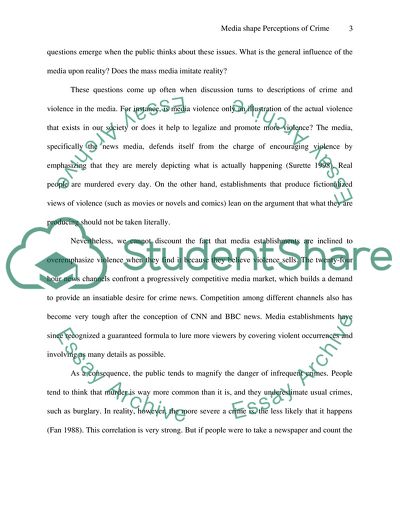Cite this document
(The Media are Responsible for Shaping People's Attitudes and Coursework, n.d.)
The Media are Responsible for Shaping People's Attitudes and Coursework. https://studentshare.org/media/1717970-the-media-are-responsible-for-shaping-peoples-attitudes-and-perceptions-of-crime-discuss
The Media are Responsible for Shaping People's Attitudes and Coursework. https://studentshare.org/media/1717970-the-media-are-responsible-for-shaping-peoples-attitudes-and-perceptions-of-crime-discuss
(The Media Are Responsible for Shaping People'S Attitudes and Coursework)
The Media Are Responsible for Shaping People'S Attitudes and Coursework. https://studentshare.org/media/1717970-the-media-are-responsible-for-shaping-peoples-attitudes-and-perceptions-of-crime-discuss.
The Media Are Responsible for Shaping People'S Attitudes and Coursework. https://studentshare.org/media/1717970-the-media-are-responsible-for-shaping-peoples-attitudes-and-perceptions-of-crime-discuss.
“The Media Are Responsible for Shaping People'S Attitudes and Coursework”. https://studentshare.org/media/1717970-the-media-are-responsible-for-shaping-peoples-attitudes-and-perceptions-of-crime-discuss.


